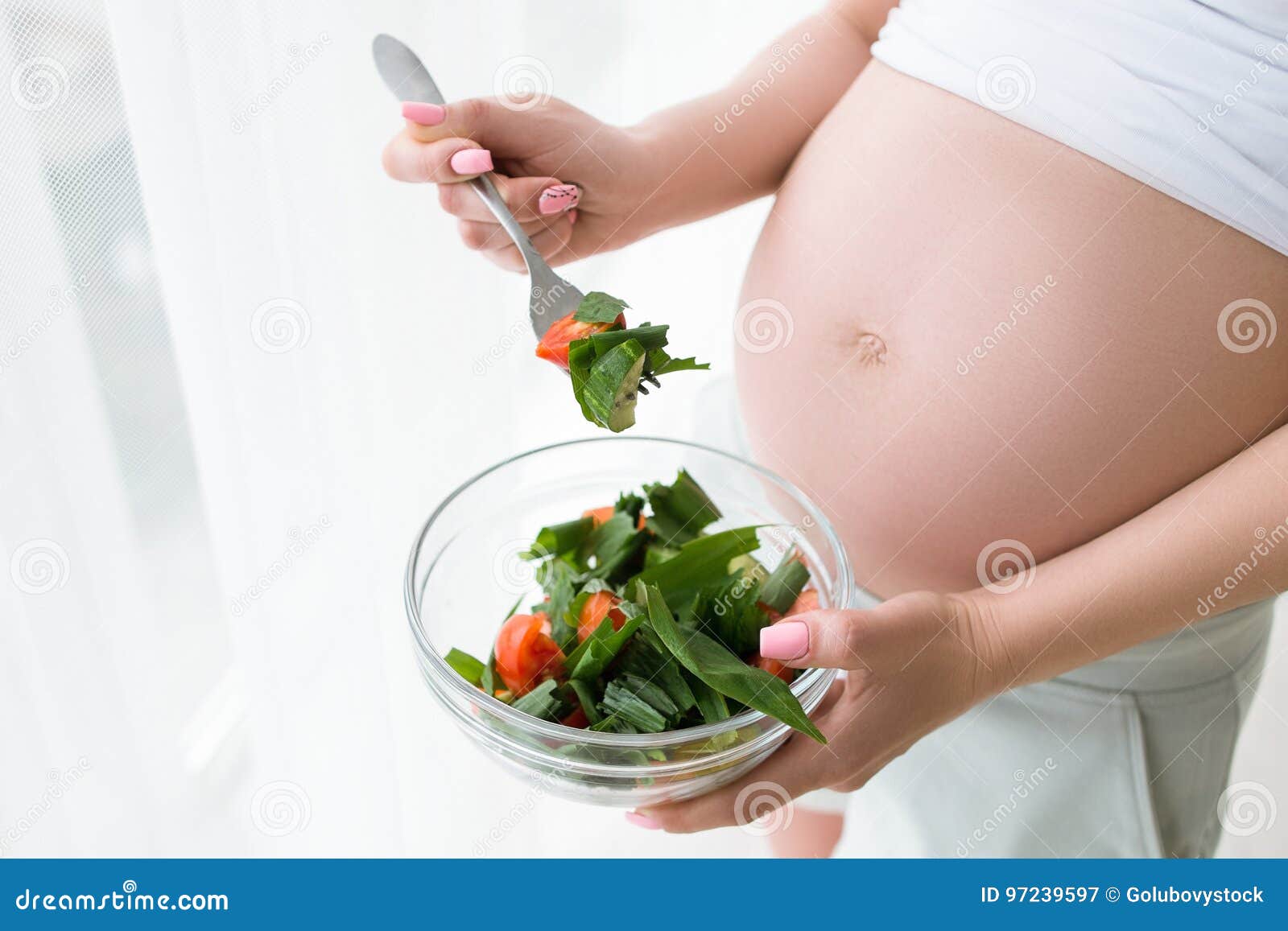
#FRESH STARTS FOOD MIL FULL#

This handheld electric gadget purees food like a blender, but works in the opposite way: You place it into the food rather than vice versa. But others find them too cumbersome and don't like the amount of cleanup required for small jobs. Some parents like them, since it's really easy to throw food in together and blend it. Since babies usually only eat purees for a short period of time, many parents might not have the space or want to invest in a baby-food maker – but there are plenty of tools already in your kitchen you can use. Some models can defrost and reheat previously prepared food. This all-in-one tool first steam-cooks and then purees fruit, vegetables, and meat. Possibilities range from an electric baby-food maker to a good old-fashioned fork: To make baby food, you'll need a tool to grind or puree. When they turn their head away, lean back, refuse to open their mouth, or start to fuss or play with the spoon, they're done eating.įor more inspiration, check out our age-by-age guide to feeding your baby, our gallery of baby food recipes, and our guide to finger foods.

Introduce a variety of single-food purees first once they've tried several of those, you can start combining multiple foods.įeed your baby with a soft-tipped spoon, and be patient as they learn to eat. You can start with baby cereal or a single pureed or well-mashed fruit, vegetable or even meat. Signs your baby is ready to start eating solids include having good head and neck control, being able to sit up, and being interested in food – they'll show this by opening their mouth and leaning forward when food is near. Babies typically don't need anything other than breastmilk or formula until they're 6 months old, and they're usually ready to start solids around then. This also gets your baby used to eating the same food as everyone else, a strategy that could pay off during the picky toddler years.īefore feeding your baby homemade baby food, be sure they're ready to start solids.

Homemade baby food can be as simple as a pureed or mashed version of what you're serving the rest of your family.

It's also convenient because you can use any produce, grains, and meat you have on hand. Making your own baby food is easier than you might think and can be less expensive than buying prepackaged baby food.


 0 kommentar(er)
0 kommentar(er)
